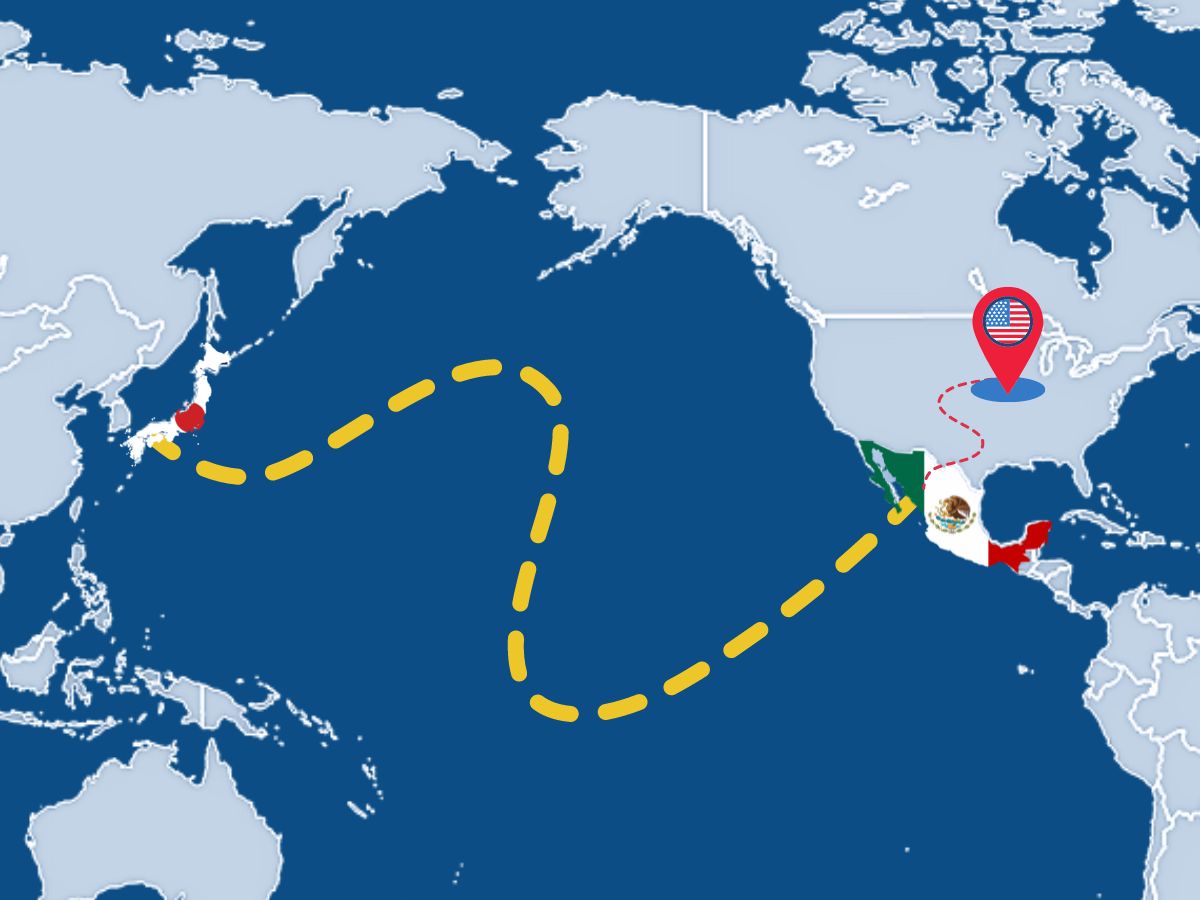
Trade Lane Insight: Transloading Ocean Freight in Mexico
By NNR USA In Insight On 18th August 2022
Supply Chain Today
A global pandemic, geopolitical and social tensions, and labor disputes are just some of the reasons for the unprecedented supply chain climate throughout the world in recent years.
These strong industry headwinds have forced companies in the logistics space to adapt to survive.
The ability to provide unique solutions that minimize transit times and costs are the difference between failing and thriving since 2020.
As one of the largest importing economies with some of the busiest ports in the world, the U.S. has its share of supply chain turmoil. For example, the ports of Los Angeles/Long Beach can experience a queue of as long as 89 vessels waiting to be unloaded.
This type of congestion has created a dilemma in the freight forwarding world: fight through the traffic to keep costs down or identify an alternative option that may have its own trade-offs.
Imagine you are importing seasonal product for the holidays and your freight is stuck on a vessel and suffers delays moving inland. If the product comes in too late, the product may miss the holiday shopping season. If the product isn’t on the shelves, it may need to be stored or destroyed. Storing seasonal product for a year, is typically not ideal since it could go out of fashion, perish, or just be costly.
NNR's Solution
NNR prides itself on being a fluid organization that caters to the changing needs of each customer. With that in mind, we have identified a new ocean transit route that connects Asia to the U.S. via Mexico.
Below is the path that a shipment would take on this new route:
- Yokohama, Japan - The shipment is loaded into an ocean container that is placed on a vessel destined for Mexico.
- Manzanillo, Mexico - The vessel arrives, the container is then transported to a bonded location where the cargo is transloaded from the container to a truck that will move "in-bond" through Mexico to the U.S. border.
- Mexico - U.S. Border - The cargo is then cleared through U.S. Customs and proceeds to it's final destination in the U.S.
This new trade lane allows you to circumvent the congestion of the West Coast and get freight to the U.S. in a more predictable and timely manner.
Benefits of a Manzanillo Transload
Given normal supply chain conditions, this route to the U.S. would prove more costly. However, due to the current congestion at the U.S. West Coast ports, combined with threats of strikes, the cost of this route is competitive.
Shipping delays from congestion and lack of chassis availability at many U.S. ports can extend transit into weeks and sometimes months. Routing via Mexico is attractive since cargo moves inland by truck instead of relying on chassis equipment for ocean container transport.
In terms of efficiency, transloading can have an edge in transit time in today's market. Transit time from the Port of Yokohama, via Manzanillo to door in Atlanta, Georgia can take an average of 47 days while a routing via the U.S. West Coast is unpredictable today.
Additionally, industry players in Manzanillo are reporting that containers usually wait at the port for around two days. These are promising numbers in our current climate, as Manzanillo is the busiest port in Mexico by volume.
Utilizing Manzanillo should serve as an enticing option during this time of uncertainty.
With our footprint in Mexico and well-coordinated customs clearance operation, NNR can serve this lane well while saving money throughout your supply chain.
